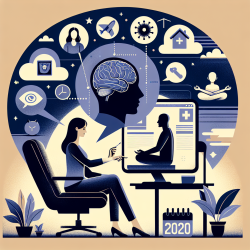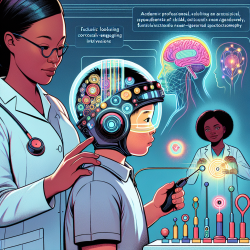The role of Deaf Language Specialists (DLSs) in delivering language therapy in signed languages is crucial for the development of children who have difficulties learning sign language. The research article "Deaf Language Specialists: Delivering Language Therapy in Signed Languages" provides valuable insights into the practices and challenges faced by DLSs. This blog aims to help practitioners improve their skills by implementing the outcomes of the research presented.
Key Findings and Recommendations
The study conducted by Hoskin, Herman, and Woll (2023) identifies several themes and practices that can be beneficial for practitioners working with Deaf and Hard-of-Hearing (DHH) children. Here are some key findings and recommendations:
- Assessment and Goal Setting: The research emphasizes the importance of thorough assessment and goal setting. Practitioners should utilize standardized BSL assessments and communication profiles to identify the strengths and development needs of children.
- Intervention Techniques: Techniques such as engagement, modification, and facilitation are crucial. Practitioners should adapt their communication methods to meet the child's needs, ensuring a balanced interaction.
- Intervention Formats: One-to-one sessions, group sessions, and working with another adult are effective formats. Practitioners should choose the format based on the child's needs and the intervention goals.
- Types of Intervention: Universal, targeted, and specialist interventions are necessary. Practitioners should provide language-rich environments and support tailored to the child's specific needs.
Implementing the Research Outcomes
Practitioners can improve their skills by integrating the following practices:
- Use of Communication Profiles: These tools help in summarizing and sharing information about a child's language skills, facilitating better planning and intervention.
- Focus on Therapeutic Intervention: Beyond assessment, there should be a greater focus on therapeutic intervention and its evaluation to ensure effective outcomes.
- Collaborative Approach: Collaboration between DLSs and SLPs is essential. A shared language and understanding of intervention techniques can enhance the effectiveness of therapy.
Encouraging Further Research
The study highlights the need for more research on sign language interventions and the development of evidence-based practices. Practitioners are encouraged to engage in research activities and stay updated with the latest findings to continually improve their practice.
To read the original research paper, please follow this link: Deaf Language Specialists: Delivering Language Therapy in Signed Languages.










